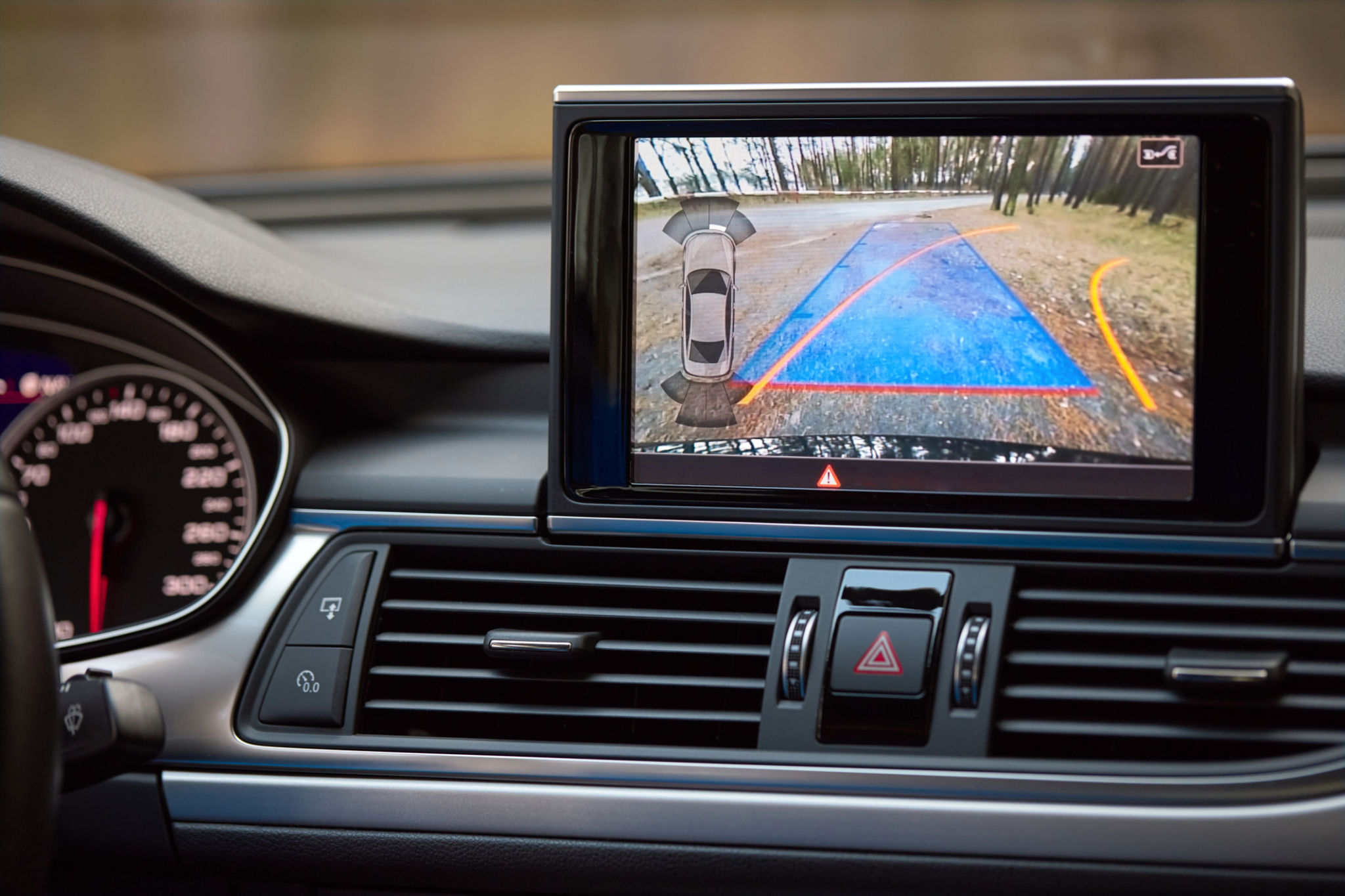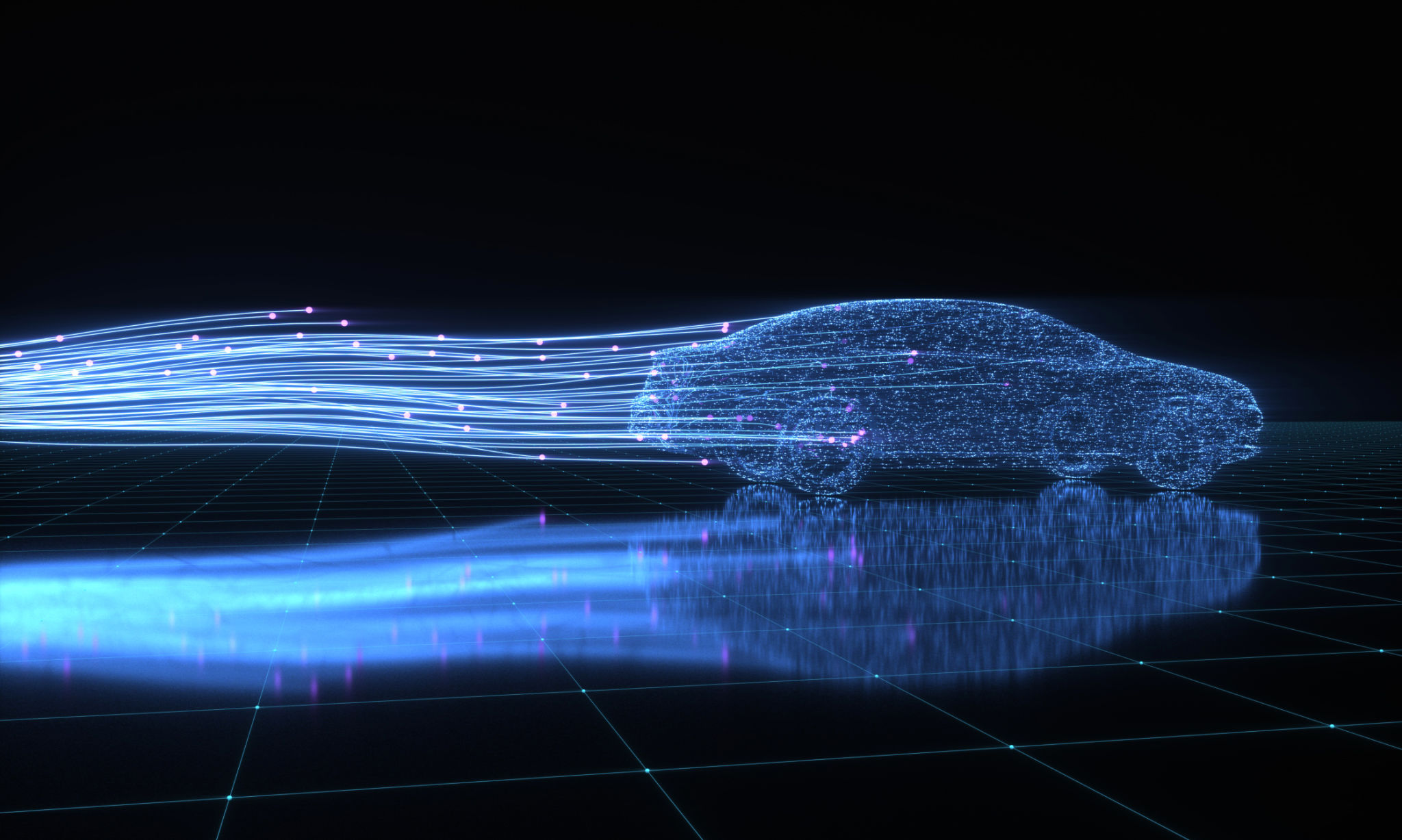Understanding Advanced Driver Assistance Systems: How ADAS Works
Introduction to Advanced Driver Assistance Systems (ADAS)
As technology continues to advance, the automotive industry is experiencing a revolution with the integration of Advanced Driver Assistance Systems (ADAS). These systems are designed to enhance vehicle safety and improve the driving experience by providing essential support to drivers. With the goal of reducing accidents and making driving more efficient, ADAS incorporates a variety of technologies and features.
Understanding how ADAS works can help drivers appreciate the benefits these systems offer and ensure they are used effectively. In this blog post, we will delve into the components and functionalities of ADAS, exploring how they contribute to a safer driving environment.

Key Components of ADAS
ADAS relies on a range of sensors and cameras that work together to monitor the vehicle's surroundings and provide real-time data to the driver. These components typically include:
- Cameras: Positioned around the vehicle, cameras capture images that help identify lane markings, road signs, and obstacles.
- Radar Sensors: Used to detect objects and measure their speed and distance relative to the vehicle.
- Ultrasonic Sensors: Generally used for parking assistance, these sensors detect objects in close proximity to the vehicle.
- LIDAR: A laser-based technology that creates a detailed 3D map of the vehicle's surroundings.

How ADAS Works
The operation of ADAS is a complex process that involves collecting data from various sensors and processing it through advanced algorithms. This data is then used to provide warnings, automate certain driving tasks, or adjust vehicle operations. Here is a breakdown of how some common ADAS features work:
- Adaptive Cruise Control (ACC): Uses radar sensors to maintain a safe distance from the vehicle ahead by automatically adjusting speed.
- Lane Departure Warning (LDW): Cameras detect lane markings and provide alerts if the vehicle unintentionally drifts out of its lane.
- Blind Spot Detection: Monitors areas not visible to the driver and issues warnings if another vehicle is detected in these blind spots.
The Role of Software in ADAS
While hardware components are crucial, the software is the backbone that enables ADAS to function effectively. Software algorithms process vast amounts of data in real-time, making split-second decisions that enhance safety. These algorithms are designed to identify patterns, recognize objects, and predict potential hazards.
The continuous evolution of software is driving improvements in ADAS capabilities, pushing towards more sophisticated systems like fully autonomous vehicles. As software becomes more advanced, the potential for reducing human error significantly increases.

The Impact on Road Safety
One of the primary goals of ADAS is to improve road safety by minimizing human errors, which are a leading cause of traffic accidents. By assisting with tasks such as braking, steering, and monitoring blind spots, ADAS reduces the likelihood of collisions and enhances driver awareness.
According to various studies, vehicles equipped with ADAS features have shown a decrease in accident rates. This not only benefits individual drivers but also contributes positively to overall road safety, reducing fatalities and injuries on a larger scale.
Challenges and Future Developments
Despite its advantages, ADAS faces certain challenges, including high costs and the need for extensive testing to ensure reliability. Additionally, there is an ongoing debate about driver reliance on these systems and the potential for complacency.
Looking ahead, the future of ADAS is promising with advancements in artificial intelligence and machine learning. These technologies will further refine ADAS capabilities, making them more intuitive and responsive. As these systems evolve, they will play a crucial role in paving the way for fully autonomous vehicles.

